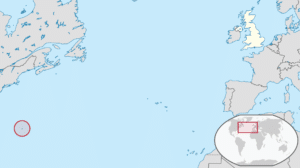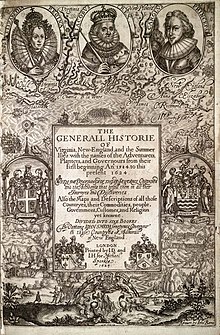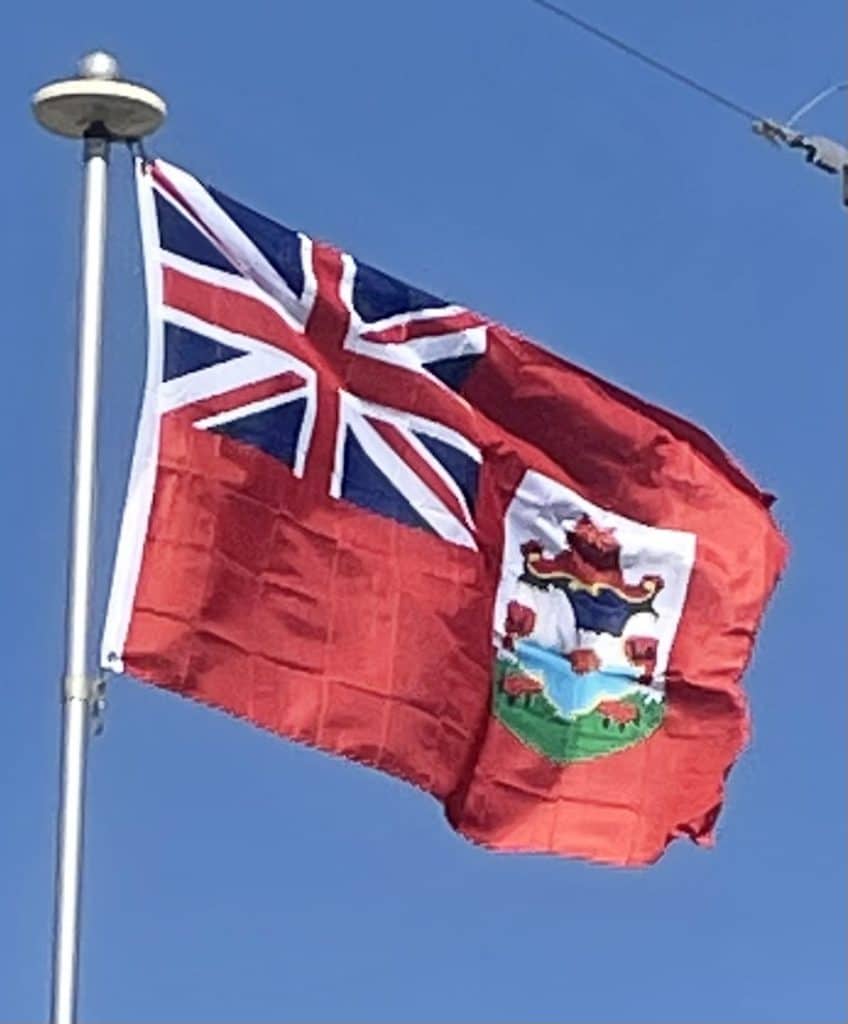Introduction:
Bermuda is a British Overseas Territory in the North Atlantic Ocean. It is about 1,035 km (643 mi) east-southeast of Cape Hatteras, North Carolina (with Cape Point on Hatteras Island being the nearest landfall); 1,236 km (768 mi) south of Cape Sable Island, Nova Scotia; 1,759 km (1,093 mi) northeast of Cuba, and 1,538 km (956 mi) due north of the British Virgin Islands. Though typically referred to in the singular, Bermuda has 181 islands; the largest of these being Main Island. Bermuda’s capital city is Hamilton. Bermuda is internally self-governing, with its constitution and cabinet of ministers selected from the elected Members of the lower house of a Parliament that enacts local laws. As the national government, the Government of the United Kingdom is ultimately responsible for ensuring good governance within British Overseas Territories, and retains responsibility for defense and foreign relations. As of July 2018, it had a population of 71,176, making it the most populous of the British overseas territories. Bermuda’s largest industries are offshore insurance, reinsurance, and tourism. Bermuda had one of the world’s highest GDP per capita for most of the 20th century.

Bermuda’s climate is subtropical, primarily due to its chilly but mild winter temperatures. Unlike other designated subtropical areas, summers are also mild, with temperatures generally not rising above 30°C (86°F) in the hottest months of July and August. Its climate also exhibits oceanic features similar to other oceanic islands and western coasts of continents in the Northern Hemisphere: mean wind direction is from the west and carries warm, moist air from the ocean, ensuring relatively high humidity and stabilizing temperature. Bermuda lies in Hurricane Alley and thus is prone to severe weather; however, it receives some protection from a coral reef and its position at the north of the belt, which limits the direction and severity of approaching storms.
History:
Discovery:

Settlement by the English:

On 10 May 1610, the remaining survivors of Sea Venture sailed on to Jamestown. The Virginia Company’s admiral, George Somers returned to Bermuda with the Patience to obtain food for the starving Jamestown settlers but died in Bermuda; the Patience instead sailed for England. In 1612, the English began settlement of the archipelago, officially named Virgineola, with arrival of the ship the Plough. New London (renamed St. George’s Town) was settled that year and designated as the colony’s first capital. It is the oldest continually inhabited English town in the New World.
